Elon Musk: SpaceX founder and revolutionary private space entrepreneur
As the CEO of SpaceX and Tesla, Elon Musk is transforming transport in space and on Earth.
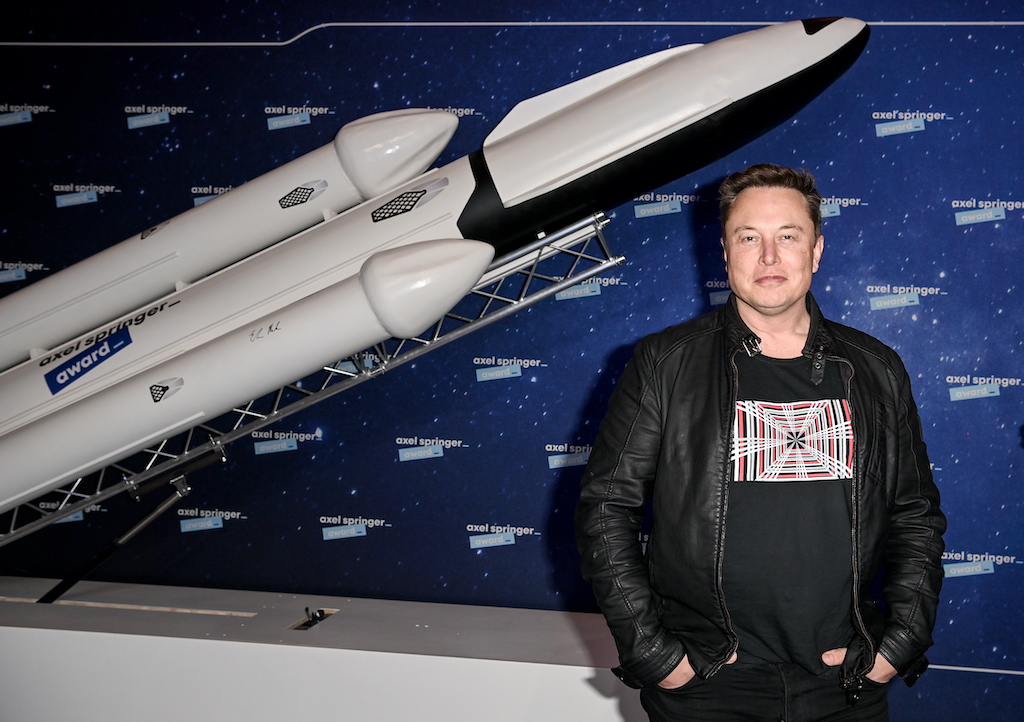
Elon Musk is an entrepreneur who is best known in space circles for launching SpaceX, a private aerospace design and manufacturing company. His company became the first private one to ship cargo to the International Space Station (ISS) in 2012. Among SpaceX's many accomplishments is its development of a self-landing version of their Falcon 9 rocket, a heavy-lift rocket called the Falcon Heavy, and the Crew Dragon, a crewed spaceship that became the first private, crewed spacecraft to reach the ISS in 2020.
A long-time advocate of Mars exploration, Musk has publicly talked about ventures such as building a greenhouse on the Red Planet and, more ambitiously, establishing a Mars colony. He also is rethinking transportation concepts through ideas such as the Hyperloop, a proposed high-speed system that would run between major cities.
The South African-born businessman describes himself as "an engineer and entrepreneur who builds and operates companies to solve environmental, social and economic challenges."
Musk is also the founder of electric car company Tesla Motors, after he contributed $30 million to start the company. Tesla’s main goal was to produce sustainable, electric cars. Musk helped to develop the company’s first car in 2006, called the Roadster. Later, in 2018, the Tesla Roadster was sent to space with a mannequin driver named 'Starman'. Since, Tesla has branched out from cars and started focusing on clean energy solutions such as solar panels.
How did Musk become a billionaire?
Musk grew up in Pretoria, South Africa, and earned degrees in physics and business from the University of Pennsylvania. His first venture after school was co-founding Zip2 Corp., an Internet company that provided software and services for businesses.
"Things were pretty tough in the early going. I didn't have any money — in fact I had negative money [because] I had huge student debts," Musk recalled in a 2003 Stanford lecture.
He showered at a local YMCA and lived in his office, managing to keep expenses very low despite his low revenue stream. "So when we went to VCs [venture capitalists], we could say we had positive cash flow," he said.
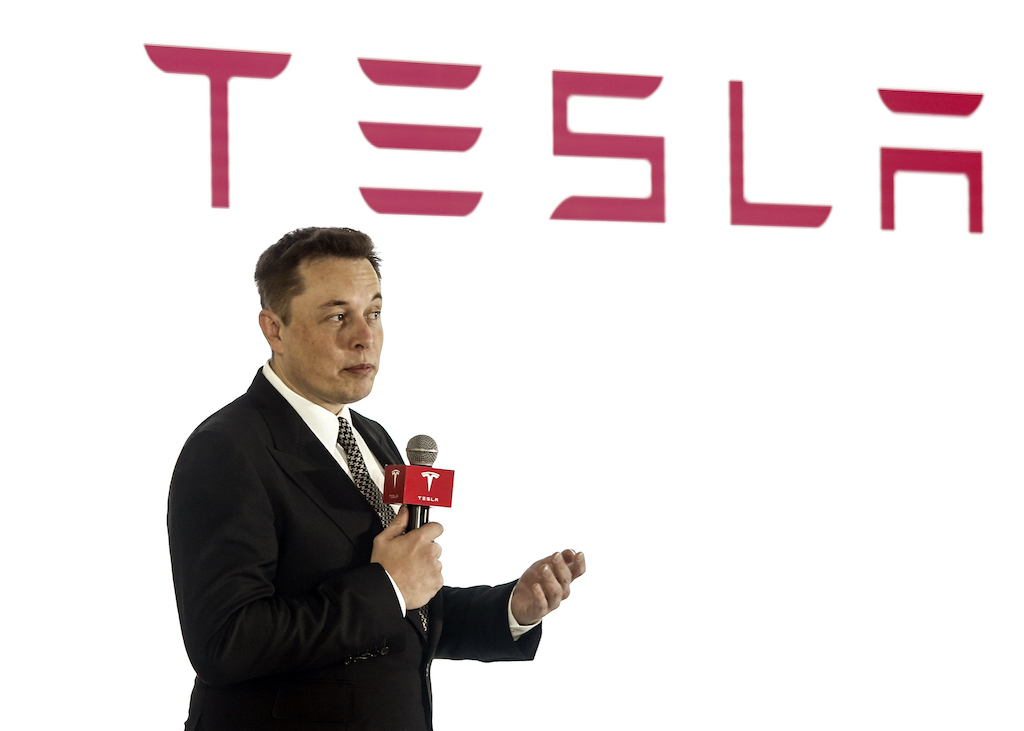
After Compaq bought Zip2 for more than $300 million in 1999, Musk turned his attention to online bill payments. That company, later known as PayPal, was sold to eBay for $1.5 billion in 2002.
Musk now had a fortune in hand, and at the tender age of 30 was looking to put his energies into something new. He began SpaceX (Space Exploration Technologies) in 2002 with ambitious plans to launch a viable, privately funded space company. In the face of naysayers, he doubled down and worked on a business plan.
Launching SpaceX
Musk has repeatedly said that humans must be an interplanetary species to combat the threat of asteroids and potential human catastrophes, such as nuclear war and engineered viruses.
What is blocking us from doing that, Musk wrote in a 2008 Esquire piece, is "the ridiculously recalcitrant problem of big, reusable, reliable rockets."
"Somehow we have to ... reduce the cost of human spaceflight by a factor of 100," he added. "That's why I started SpaceX. By no means did I think victory was certain. On the contrary, I thought the chances of success were tiny, but that the goal was important enough to try anyway."
The first successful rocket SpaceX flew, the Falcon 1, took four tries to get off the ground before a successful test flight in September 2008.
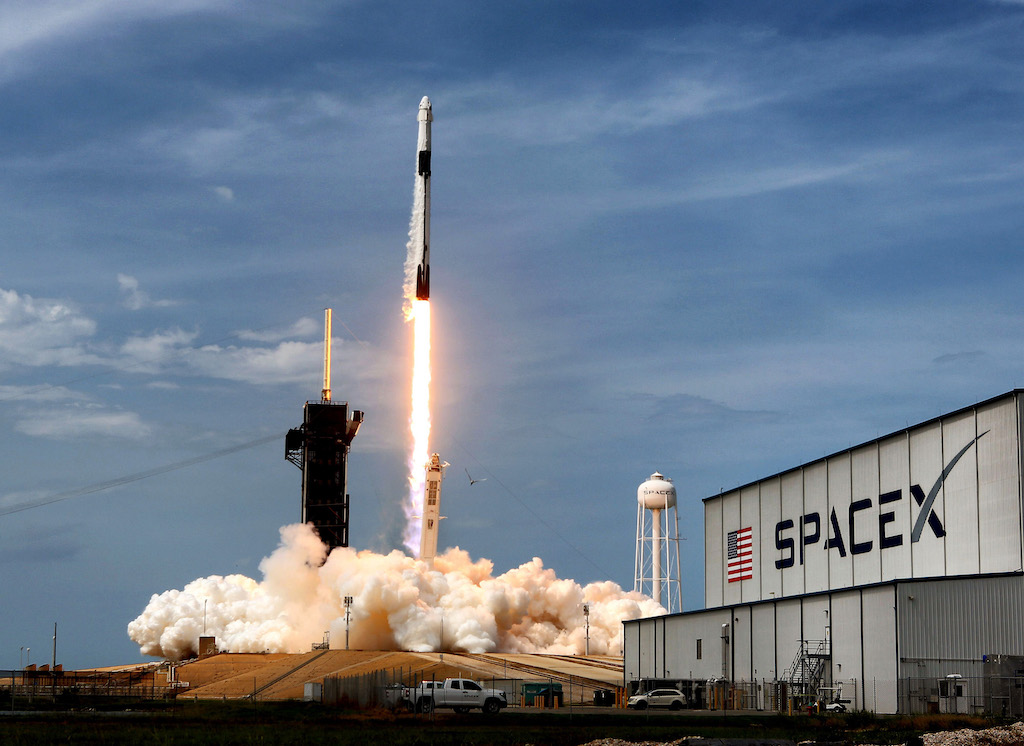
Musk funded SpaceX through his own money at first, and then gained enough experience to attract millions of dollars from NASA to develop his rockets and spacecraft, and to bring cargo to the ISS.
The company's track record was a factor in NASA awarding it money to develop the Dragon spacecraft for cargo runs to the ISS. Dragon won multiple rounds of funding under NASA's Commercial Crew program and is now sending regular shipments of cargo to the station.
Related: Every SpaceX Starship explosion and what Elon Musk and team learned from them (video)
SpaceX’s human-rated version of Dragon, called Crew Dragon, carried astronauts Doug Hurley and Bob Behnken to the ISS on May 30, 2020. At the same time that Musk was working on the Crew Dragon capsule, Boeing were also in the final stages of testing for carrying humans into space. In completing the mission before Boeing, the Crew Dragon became the first crewed vehicle to fly from the U.S. since the space shuttle in 2011. Dragon is hefted using a rocket called the Falcon 9.
In March 2018, SpaceX successfully flew a heavier rocket, the Falcon Heavy, which carried the Roadster car on its maiden flight. The rocket blasted its cargo to low Earth orbit, and then an upper stage fired to carry the car somewhere toward Mars and the asteroid belt.
Although its two side boosters landed successfully on twin pads at Cape Canaveral Air Force Station, its center rocket core crashed and burned. All three rockets returned to Earth successfully after Falcon Heavy's second launch, on April 11, 2019, although the central core stage did not survive the journey back to shore from its ocean drone-ship landing pad, due to high sea swells. Falcon Heavy successfully completed its first night launch about two months later, on June 25, landing both side boosters successfully but narrowly missing a soft touchdown with the center rocket core.
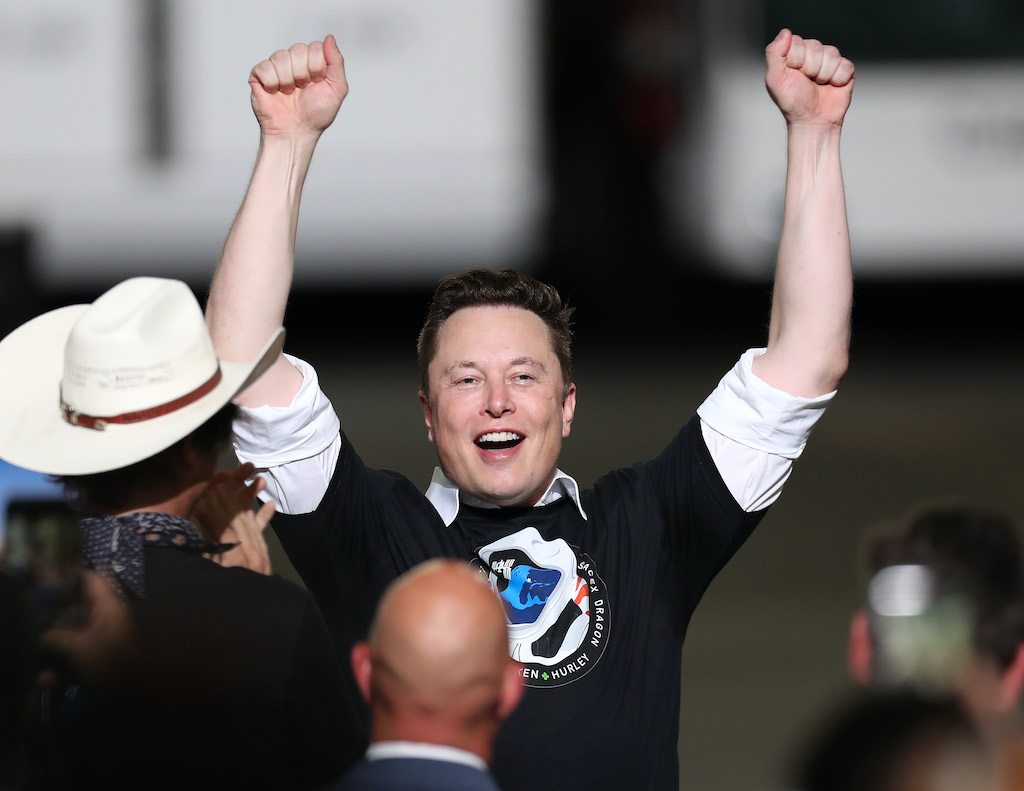
Musk believes in making space travel accessible to everyone. On September 15, 2021, SpaceX's first all-civilian spaceflight was launched. Inspiration4 was the first mission with no professional astronauts on board the Crew Dragon. Instead, the mission was privately funded by billionaire Jared Isaacman, who was accompanied by three other crewmembers.
In a teleconference announcing Inspiration4, Musk said "at first, things are very expensive, and it's only through missions like this that we're able to bring the costs down over time"
SpaceX is also building a large Internet constellation of satellites called Starlink; the first 60 of these vehicles launched successfully into space — on top of a SpaceX Falcon 9 rocket, naturally — in May 2019. Earlier that month, Musk told reporters that if everything goes well with the constellation, Starlink will generate $30 billion to $50 billion each year for SpaceX.
Musk is busy with projects in several other companies, and has even ventured into artificial intelligence. In July 2019, Microsoft funnelled $1 billion into an artificial intelligence project co-founded by Elon Musk, called OpenAI. This technology has led to products such as DALL-E, a computer which can generate images from text.
Elon Musk on Twitter
Musk is a frequent user of social media and received the Stephen Hawking Communication Prize in 2019 for his work. Sometimes Musk discusses ideas that are early design thoughts, or philosophical musings (such as the time he said we may all be trapped in a simulation).
Occasionally, however, Musk has attracted negative attention for his remarks. In 2018, Musk made critical comments about a rescuer trying to help Thai boys trapped in a cave. He later apologized for the comments about the rescuer amid worldwide criticism.
That same year, NASA carried out a safety review of SpaceX (as well as Boeing) after Musk appeared to smoke weed on comedian Joe Rogan's podcast in September. Also, Musk paid a fine after the Security and Exchange Commission examined tweets about another of his companies, Tesla. The tweet was deemed misleading, as he claimed that Tesla would produce 500,000 cars in 2019. In 2020, the company nearly reached this target.
Will Musk go to Mars?
Musk has said that around 2002, he looked up the schedule for when NASA was supposed to send astronauts to Mars, and was shocked to see there was no timeline. (Today, NASA says it hopes to land astronauts on the Red Planet in the 2030s). That's when he says he came up with an idea to do a simple Mars mission "to spur the national will," Wired reported.
Musk envisioned a revolutionary greenhouse on Mars, but he eventually scratched the idea because of financial concerns.
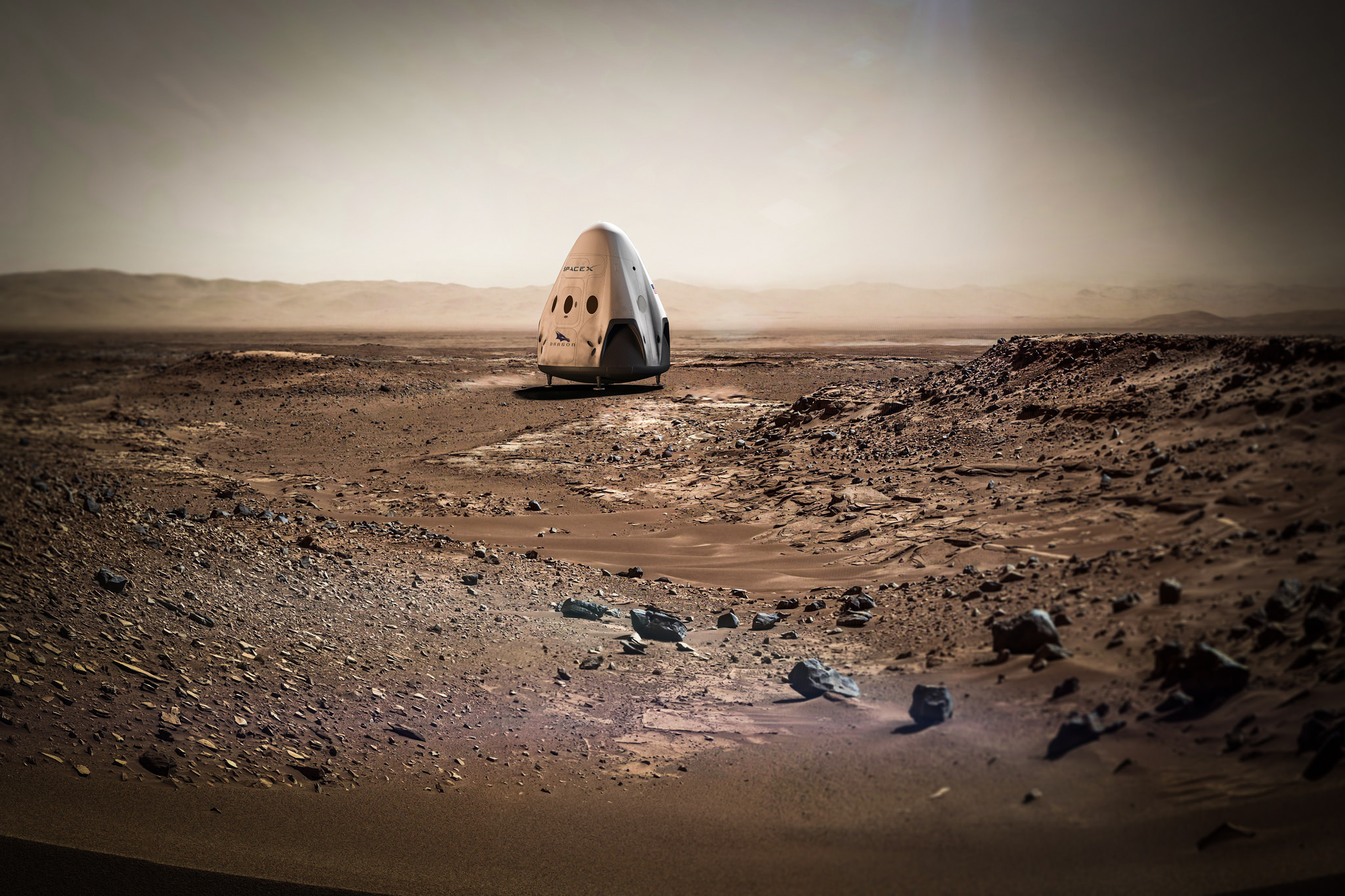
In 2012, he sketched out plans to establish a Mars colony, with 80,000 people living on the Red Planet. Musk later tweeted that he meant to say 80,000 people would make the journey per year.
Musk has continued to discuss and revise his plans several times over the years. He unveiled an Interplanetary Transport System (ITS) in 2016 that is intended to take humans to Mars with SpaceX technology. At the time, the ITS booster (a huge rocket not yet built) was expected to carry up to 100 people at a time to low Earth orbit and then send people to Mars in as little as 80 days, as long as Earth and Mars remain close to each other, Musk said. He also warned that some of the first Mars settlers would likely die during the journey.
Since then, he's revised the ITS concept to say that the colonists would use a rocket called the BFR — also known as the Big Falcon Rocket. Then in November 2018, Musk rebranded BFR and announced new names for the spaceship or upper stage (now known as Starship) and the rocket booster (now known as Super Heavy).
SpaceX's latest prototype of the Starship spaceship called SN20 has not yet gone into orbit but performed its first static fire test on October 22, 2021. The main purpose of Musk's Starship is to carry people and cargo to the moon, Mars and potentially other distant destinations.
The fully reusable spacecraft will eventually be launched with the Super Heavy rocket booster. This is the world's most powerful rocket, which Musk said in a tweet, "is needed to escape Earth's deep gravity well (not needed for other planets or moons)."
While Musk is focused on Mars, he has said that he would also willingly participate in a moon base; He even unveiled conceptual designs of a "Moon Base Alpha(along with a Mars base, of course). In 2018, Musk suggested that the first SpaceX Mars base could be on the Red Planet by 2028.
Additional resources
- Infographic: How SpaceX's Dragon Space Capsule Works
- Keep up with Musk's consistent and often entertaining social outreach by following his Twitter account.
- Learn more about Musk's personal history from Biography.com.
Join our Space Forums to keep talking space on the latest missions, night sky and more! And if you have a news tip, correction or comment, let us know at: community@space.com.
Get the Space.com Newsletter
Breaking space news, the latest updates on rocket launches, skywatching events and more!

Elizabeth Howell (she/her), Ph.D., was a staff writer in the spaceflight channel between 2022 and 2024 specializing in Canadian space news. She was contributing writer for Space.com for 10 years from 2012 to 2024. Elizabeth's reporting includes multiple exclusives with the White House, leading world coverage about a lost-and-found space tomato on the International Space Station, witnessing five human spaceflight launches on two continents, flying parabolic, working inside a spacesuit, and participating in a simulated Mars mission. Her latest book, "Why Am I Taller?" (ECW Press, 2022) is co-written with astronaut Dave Williams.










